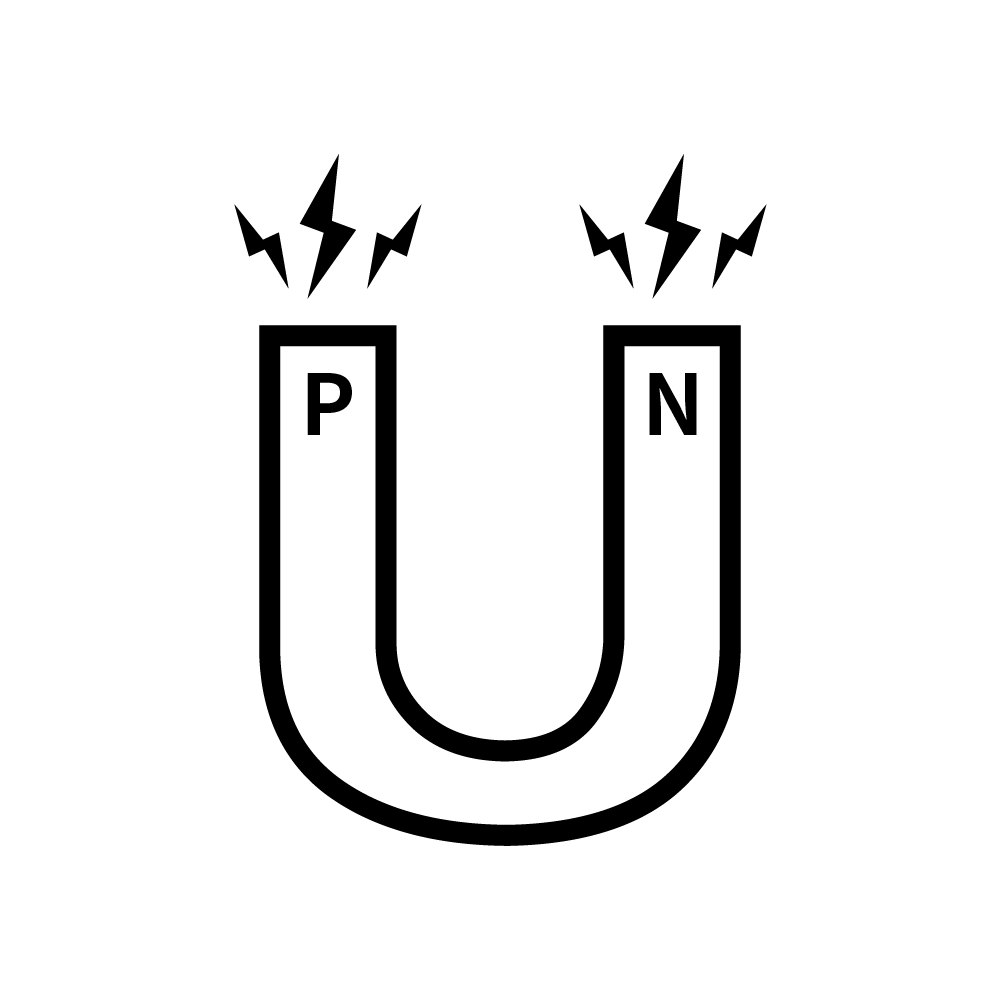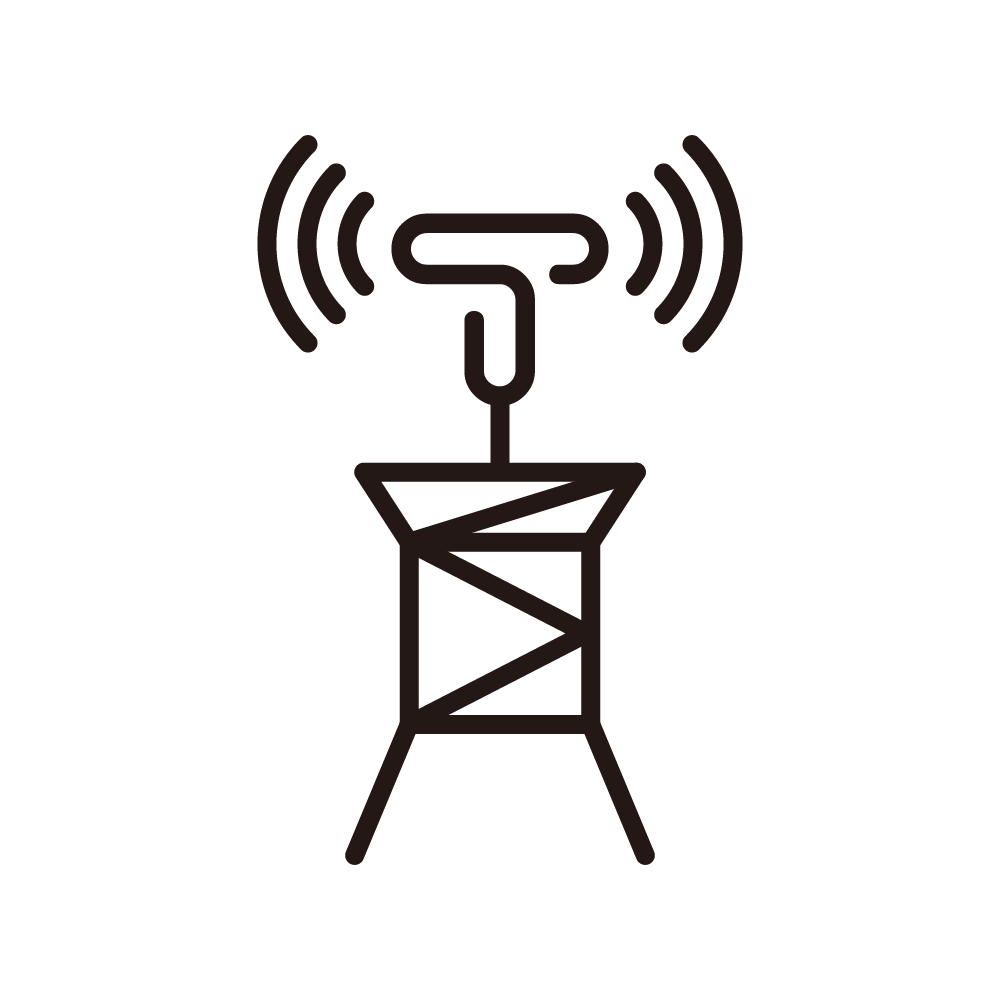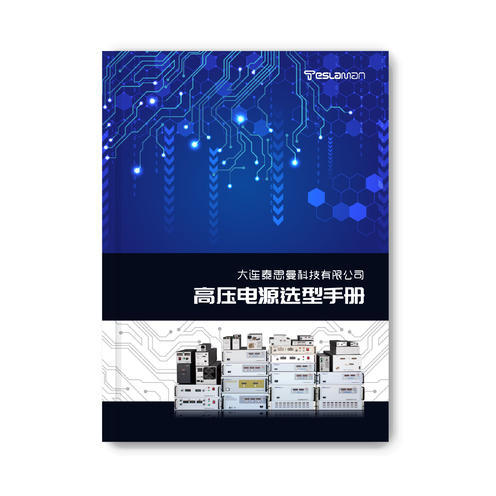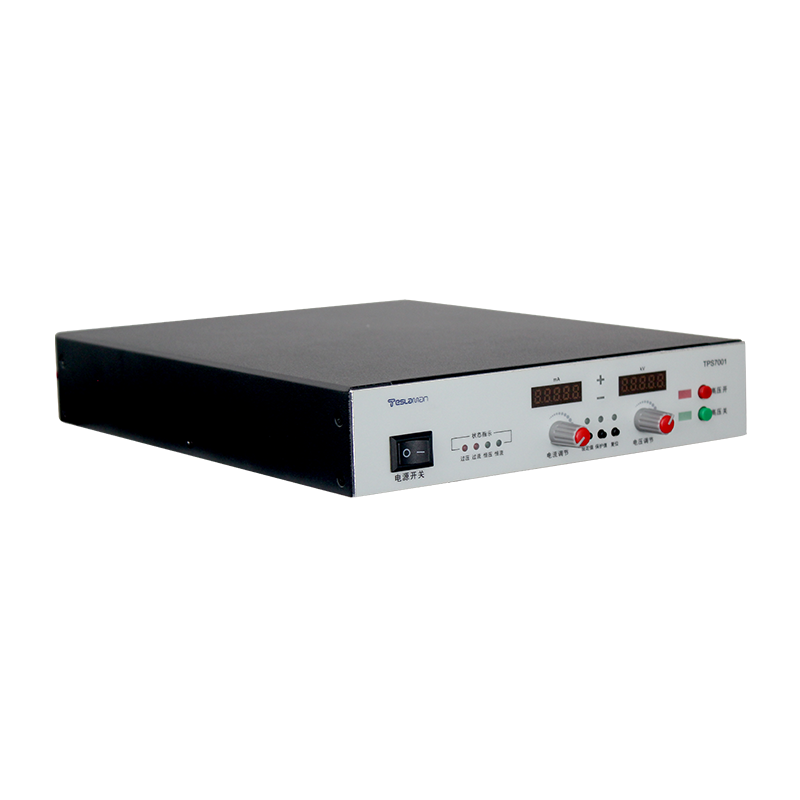Supply Chain Risk Management Strategies for High-Voltage Power Supply Producers
Introduction
The supply chain of high-voltage power supplies involves multiple links, including raw material procurement (e.g., power semiconductors, high-voltage capacitors), component manufacturing, and logistics. Risks such as raw material shortages, supplier quality fluctuations, and logistics delays can disrupt production, leading to delivery delays and revenue losses. Effective supply chain risk management is critical for ensuring stable production.
Risk Management Strategies
Supplier diversification reduces dependence on single suppliers. For key raw materials (e.g., SiC MOSFETs, which are critical for high-efficiency high-voltage power supplies), producers select 3–5 alternative suppliers with different geographic locations (e.g., one in Asia, one in Europe, one in North America). This avoids supply disruptions caused by regional events (e.g., natural disasters, policy changes). A supplier evaluation system is established, assessing suppliers based on 5 dimensions: quality (pass rate of incoming inspection), delivery (on-time delivery rate), capacity (maximum monthly supply), financial stability (solvency ratio), and technical support (ability to provide customized products). Suppliers with a score below 80 (out of 100) are put on a "watch list" and required to improve within 3 months; those that fail to improve are replaced.
Safety stock management is optimized based on risk levels. Raw materials are classified into high-risk (long lead time ≥3 months, high supply uncertainty) and low-risk (lead time ≤1 month, stable supply) categories. For high-risk materials, the safety stock is set to 6 months of consumption (compared to 2 months for low-risk materials). The stock level is dynamically adjusted using demand forecasting algorithms—if the demand for a certain power supply model is expected to increase by 30%, the safety stock of related raw materials is increased by 25% to prevent shortages.
A risk early warning mechanism is built using big data. The system monitors real-time data from multiple sources: raw material price fluctuations (e.g., via commodity exchange platforms), supplier production status (e.g., through regular on-site audits), and logistics information (e.g., via GPS tracking). When a risk indicator exceeds a preset threshold (e.g., a 20% increase in raw material prices, a supplier’s production line shutdown), the system sends an early warning to the supply chain management team. The team then activates a contingency plan—such as switching to an alternative supplier or adjusting the production schedule.
Application Results
A high-voltage power supply producer that implemented these strategies reduced the number of production disruptions caused by supply chain issues from 8 times a year to 2 times a year. The average delivery delay time was shortened from 15 days to 3 days, and the inventory turnover rate was improved by 18%, reducing inventory holding costs by $150,000 annually.




















